Our IT services engagement models outline how we collaborate with customers to meet their software development and IT needs. Here are the models we offer.
Fixed-Price Model
The project cost is pre-determined based on well-defined requirements.
Best For:
Projects with clear, unchanging requirements.
Pros:
- Predictable costs
- Clear deliverables
Time and Material (T&M) Model:
Billing is based on the actual time and resources spent.
Best For:
Projects with evolving requirements.
Pros:
- Flexibility
- Adaptability to changes.
Dedicated Team Model:
A dedicated team works exclusively on the client’s project.
Best For:
Long-term projects requiring continuous development.
Pros:
- High level of control.
- Dedicated resources.
Staff Augmentation:
Temporary hiring of external experts to fill specific roles.
Best For:
Short-term projects or when specific expertise is needed.
Pros:
- Access to specialized skills.
- Flexibility.
Offshore Development Center (ODC):
Good when setting up a remote team in another country.
Best For:
Cost-effective long-term projects.
Pros:
- Cost savings.
- Access to a larger talent pool.
Service Level Agreement (SLA)/Milestone-Based Model:
Payments are tied to achieving specific milestones.
Best For:
Projects with clear phases and deliverables.
Pros:
- Clear accountability.
- Performance-based payments.
Hybrid model:
The hybrid engagement model mixes onshore and offshore or nearshore support.
Best For:
Some projects might require on-site support and guidance as well as remote.
Pros:
- The hybrid model is more flexible than other dedicated team models that are all on, off, or nearshore.


